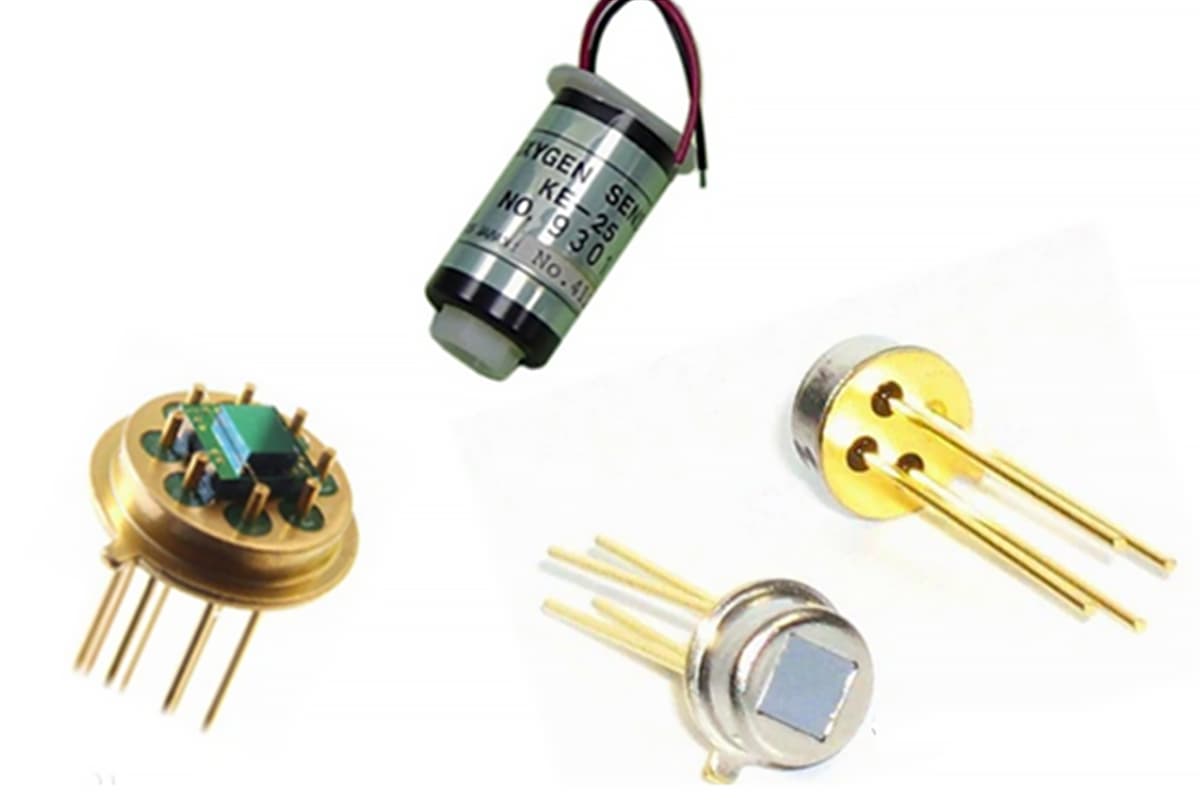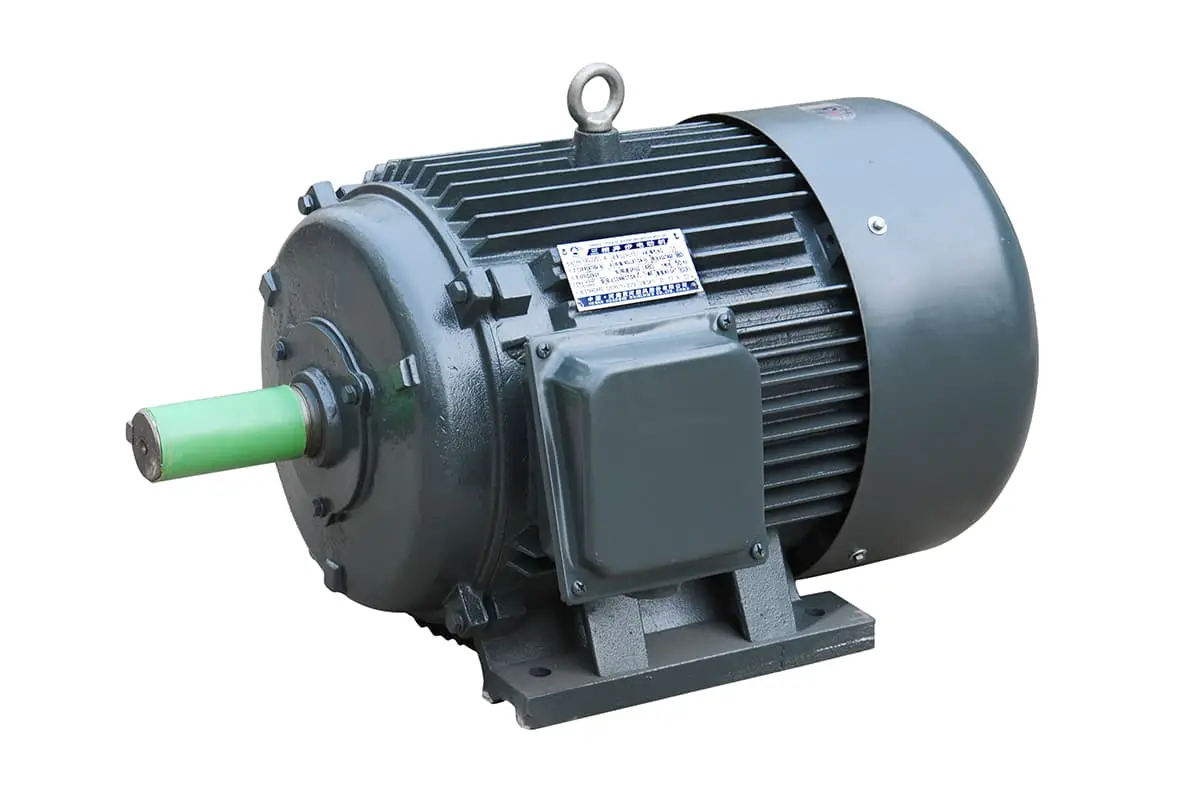
Imagine a device that can “see” the invisible threats around you. Gas sensors do just that—they detect harmful gases in the environment and convert their concentrations into readable signals. This article explores the different types of gas sensors, from thermopile to infrared, and guides you on selecting the right one for your needs. Dive in to learn how these sensors work and what factors to consider when choosing one, ensuring safety and efficiency in various applications.

A gas sensor is a type of converter that transforms the volumetric fraction of a certain gas into a corresponding electrical signal.
The probe conditions the gas sample through the gas sensor, typically involving the removal of impurities and interfering gases, as well as drying or cooling treatment for the instrument display part.
It is a device that converts gas component information, concentration, and other data into information that can be utilized by personnel, instruments, computers, and more!

Gas sensors are generally categorized as a type of chemical sensor, although this classification might not be entirely scientific.
The following are the types of gas sensors:
1. Thermopile Gas Sensor
The thermopile gas sensor is one of the earliest developed gas sensors, capable of detecting various gases such as carbon dioxide, methane, oxygen, etc.
It consists of a thermopile probe and a circuit board; the thermopile probe detects the concentration of gas, and the circuit board transmits these signals to the display for the user to view the detection results.
2. Optical Gas Sensor
The optical gas sensor is one of the newest gas sensors, also capable of detecting various gases such as carbon dioxide, methane, oxygen, etc.
The optical sensor comprises an optical probe and a circuit board; the optical probe detects the concentration of gas, transmitting signals to the circuit board for the user to view the detection results.
3. Electrochemical Gas Sensor
The electrochemical gas sensor is a common type of gas sensor that can detect various gases such as carbon dioxide, methane, oxygen, etc.
It consists of an electrochemical probe and a circuit board; the electrochemical probe detects the gas concentration, and the circuit board transmits these signals to the display for users to examine the detection results.
4. Metal Gas Sensor
The metal gas sensor is another common type of gas sensor, capable of detecting various gases such as carbon dioxide, methane, oxygen, etc.
It comprises a metal probe and a circuit board; the metal probe detects the gas concentration, and the circuit board transmits these signals to the display for users to view the detection results.
5. Infrared Gas Sensor
The infrared gas sensor is a new type of gas sensor, capable of detecting various gases such as carbon dioxide, methane, oxygen, etc.
It consists of an infrared probe and a circuit board; the infrared probe detects the gas concentration, and the circuit board transmits these signals to the display for the user to view the detection results.
A gas sensor is a device that converts the volumetric fraction of a certain gas into a corresponding electrical signal. This following will provide a detailed introduction to the principles of gas sensor selection.
1. Determining the type of sensor based on the measurement object and environment
For a specific measurement task, one must first consider which type of gas sensor to use, which can be determined only after analyzing various factors. Even when measuring the same physical quantity, there are multiple types of sensors to choose from.
The appropriateness of a sensor depends on the characteristics of the measured object and the usage conditions of the sensor, including factors such as the size of the range, volume requirements of the sensor at the measurement location, whether the measurement is contact or non-contact, signal output method, source of the sensor, and cost.
After considering these factors, one can determine the type of sensor to use and then consider its specific performance indicators.
2. Choosing Sensitivity
Generally, within the linear range of a sensor, higher sensitivity is preferred. High sensitivity results in larger output signals corresponding to changes in the measured variable, which facilitates signal processing.
However, a sensor with high sensitivity may also easily pick up noise unrelated to the measurement, which can be amplified and affect the measurement accuracy. Therefore, the sensor should have a high signal-to-noise ratio to minimize disturbances from the outside world.
The sensitivity of a sensor is directional. If the measured object is a unidirectional quantity and its directionality is important, a sensor with low sensitivity in other directions should be chosen.
If the measured object is a multi-dimensional vector, a sensor with a smaller cross-sensitivity is preferred.
3. Frequency Response Characteristics
The frequency response characteristics of a sensor determine the frequency range of the measurement. It must maintain undistorted measurement conditions within the allowable frequency range.
In practice, the sensor’s response always has a delay, and it is desirable for this delay to be as short as possible. A sensor with a high-frequency response can measure a wide range of signal frequencies.
Due to the structural characteristics of mechanical systems, which often have large inertia, sensors with low frequency are more suitable for measuring low-frequency signals.
In dynamic measurements, the response characteristics should match the signal characteristics (steady-state, transient, random, etc.) to avoid excessive errors.
4. Linear Range
The linear range of a sensor refers to the range in which the output is proportional to the input. Theoretically, within this range, the sensitivity remains constant. A wider linear range indicates a larger measurement range and ensures a certain measurement accuracy.
When selecting a sensor, one should first check whether its range meets the requirements once its type is determined.
However, in reality, no sensor can guarantee excellent linearity, and linearity is relative.
When the required measurement accuracy is relatively low, within a certain range, sensors with small non-linear errors can be approximated as linear, which greatly simplifies the measurement process.
5. Stability
Stability refers to the ability of a sensor to maintain its performance unchanged after a period of use.
Factors affecting the long-term stability of a sensor include not only the sensor’s own structure but also its usage environment. Therefore, a gas sensor must have strong environmental adaptability to ensure good stability.
Before choosing a sensor, one should investigate its operating environment and choose a suitable sensor or take appropriate measures to reduce environmental influences based on this environment. The stability of a sensor has quantitative indicators.
After exceeding the usage period, the sensor should be recalibrated before use to determine whether its performance has changed.
In situations where the sensor needs to be used for a long time and cannot be easily replaced or calibrated, the selected sensor must have stricter stability requirements and be able to withstand long-term tests.
6. Accuracy
Accuracy is an important performance indicator of a sensor and a critical factor affecting the measurement accuracy of the entire measurement system. The higher the accuracy of the sensor, the more expensive it is.
Therefore, the accuracy of the sensor only needs to meet the accuracy requirements of the entire measurement system, and there is no need to choose excessively high accuracy.
This way, one can choose a cheaper and simpler sensor from many sensors that can meet the same measurement purpose.
If the measurement purpose is qualitative analysis, a sensor with high repeatability should be chosen, and there is no need to choose one with excellent quantitative accuracy.
If the purpose is for quantitative analysis and accurate measurement values are needed, a sensor with an accuracy level that meets the requirements should be chosen.








